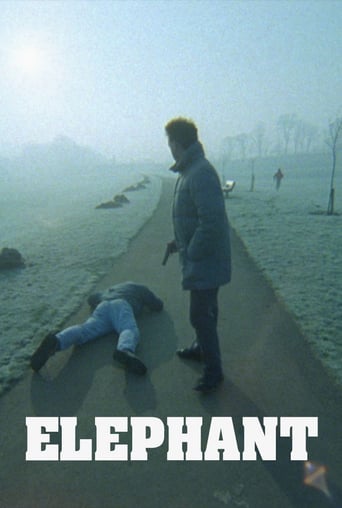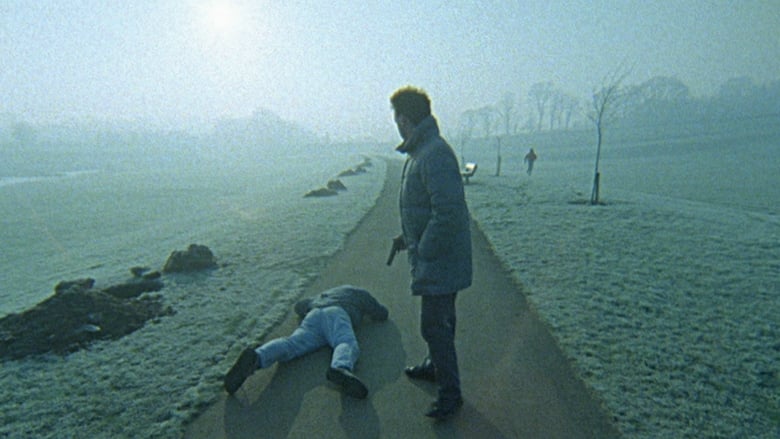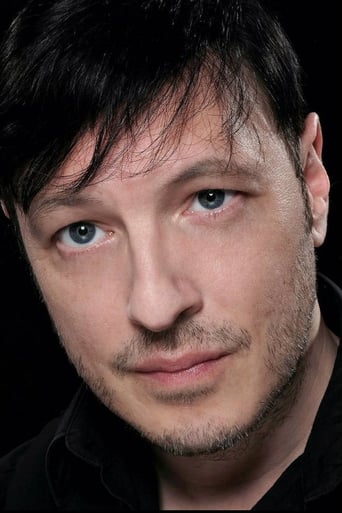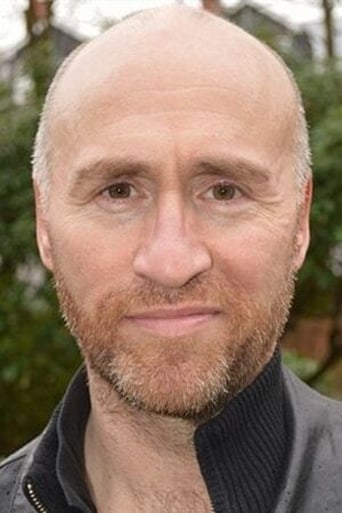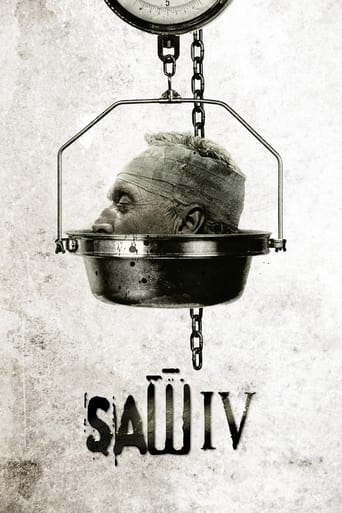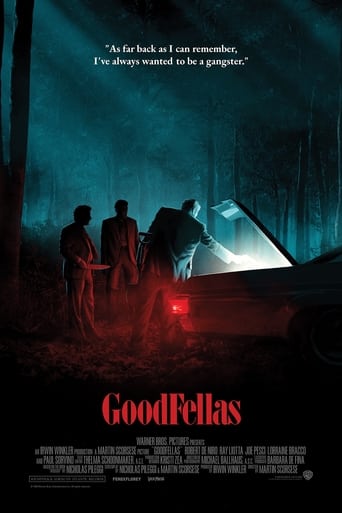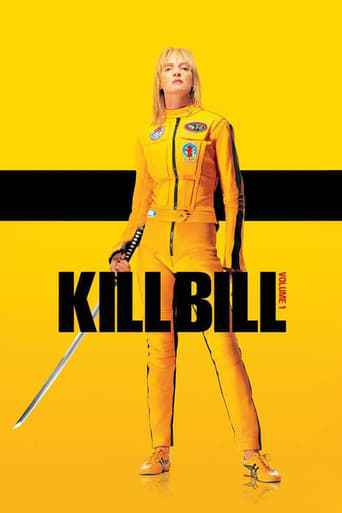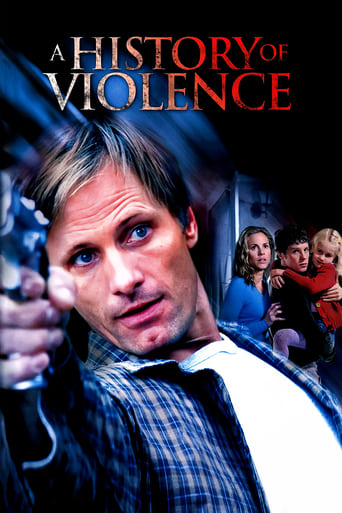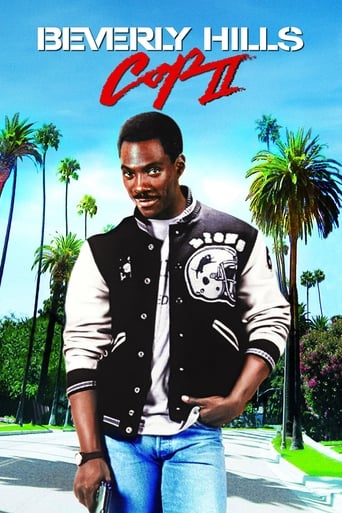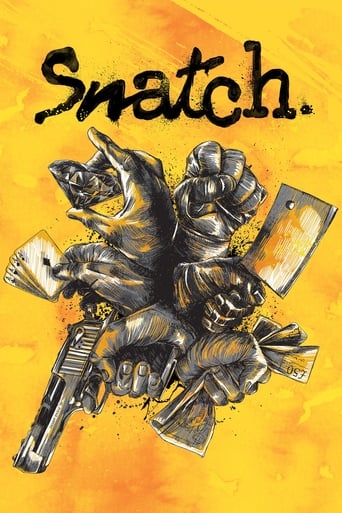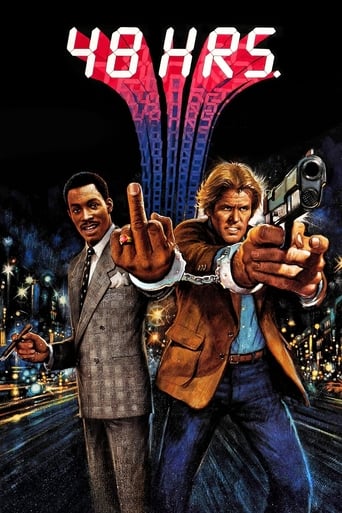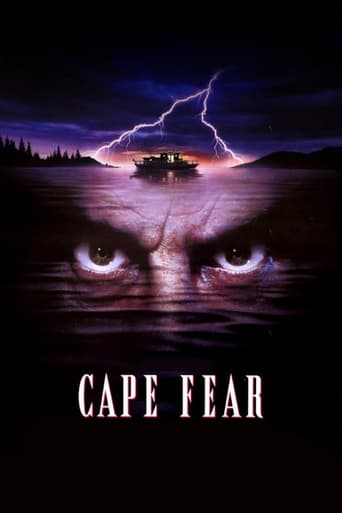Elephant (1989)
A depiction of a series of violent killings in Northern Ireland.
Watch Trailer
Cast


Similar titles
Reviews
Why so much hype?
Very interesting film. Was caught on the premise when seeing the trailer but unsure as to what the outcome would be for the showing. As it turns out, it was a very good film.
A lot of perfectly good film show their cards early, establish a unique premise and let the audience explore a topic at a leisurely pace, without much in terms of surprise. this film is not one of those films.
This is a coming of age storyline that you've seen in one form or another for decades. It takes a truly unique voice to make yet another one worth watching.
The Troubles in Northern Ireland inspired a lot films and dramas. Some more controversial than others.Alan Clarke's Elephant was totally left field. When the BBC broadcast it, they were inundated with complaints on television programmes such as 'Points of View.'Never before we had a television drama, almost wordless where one person shoots another person, a few minutes later someone else shoots another and so on and so on. Be they working in a petrol station, in a swimming pool, playing football, eating in a restaurant, at home or walking in the park, someone blasts them.These horrific random acts of violence in due course desensitizes us, maybe even leave us bored and confused as without dialogue we are unsure as to what is happening and just seeing people walking about until they take a gun out and shoot somebody.Alan Clarke was an early adopter of the Steadicam for television work which means we follow the various people out and about as the camera operator is alongside them.This was one of Clarke's last works who died a year later. Seeing Elephant again many years later, when the film is almost 25 years old, you get struck that this is a period piece with the now old model cars and that Northern Ireland has moved on since the peace process.
The recurring action of "Elephant" consists of the camera closely following someone walking down a small path and then shooting other person, then the camera stays there with the victim for a little while. This goes on and on for about 40 minutes, and that's the whole movie. Pounding our minds with this cold-blooded, disturbing and unexplainable scenario, barely containing any dialog and not giving any reasons behind those acts, director Alan Clarke and his last film deals with 'the troubles' in Northern Ireland but it also seems more than just that. One can view it with a wider perception. Why such title? It comes from Bernard MacLaverty's description of the troubles as "the elephant in our living room", a reference to people's denial of the underlying social problems of Northern Ireland. But since no one's talking and the images are so powerful and universal, we can picture this as happening outside of Ireland, since the violence problem hits everywhere and almost everyone.But what Clarke wanted to cause on us with those images? To desensitize us or to show that such can't be done at each single scene? The reflection is there for everyone to see, yet most of us we'll only consider "Elephant" as being repulsive, shocking, tasteless or pointless. By presenting things very randomly, he hits harder and with more brutality than any violent film ever made in that same decade. It's the shock of never knowing who's going to be the new victim or where the new attack is going to happen and most of all, why they are happening. We're there just as watchers, mere passers by looking at something unusual and frightening happening in front of us. It could have been a reason behind all the murders but it's invisible, hidden from us. It is said that the director re-enacted those from similar real events that took place in his country, terrorist attacks related with the troubles. The penetrating, repetitive, poignant, insisting image doesn't comes from the act of violence but the everlasting effect of such. The dead bodies, lying on the ground. It is as if Clarke was trying to capture the soul getting out of the body or just waiting for a sign that they could have survived the brutal attacks they were victim of. No. It's a way of reminding us that a few seconds earlier someone was breathing, living, doing something and all that moment was gone. Why? But why? Because of something unimportant, small and even maybe a case of being at the wrong place, at the wrong time, crossing someone who needed to kill someone. Clarke wanted to show the banality of life, testing on us the effect all the murders would have on us.With this silent criticism where only a gun being fired was the only voice who said a thing echoing for a long time, this is a haunting and unforgettable picture, and inspired another great "Elephant", the one directed by Gus Van Sant, who heavily worked on the same principle (criticism, shot compositions) but treating in the form of the Columbine incident. Both remarkable works. 10/10
I notice nobody actually from Northern Ireland seems to have commented on this... I grew up in Belfast through some of the worst of the troubles (and have been personally affected by the actions of both loyalist and republican terrorists) and I have to say that for me this film is pretty much it in a nutshell. The desensitising effect mentioned by some of the other comments is precisely what happens in real life; the fact that stuff blows up occasionally and every so often someone gets shot dead eventually starts to just become part of the scenery. I've lost count of the number of times I saw people walking through Belfast stop in their tracks for a second or two as a bomb was detonated nearby then just continue on their way. You learn to live with it, and that's the real horror, which I think is something Clarke portrays here with an extraordinary degree of empathy. Possibly some of it's because so many of the places in the film were so familiar to me but it really hit home in a way that no other film explicitly about Northern Ireland has ever done for me.
In this picture not a word is spoken. Probably set in Northern-Ireland it consists of several unrelated scenes in which we follow, with the familiar 'HandyCam' shots of Alan Clarke one or two characters for several minutes until they approach a person ... and shoot him. I think it's the atmosphere, the long buildup before the actual kill, the complete lack of both emotion and conversation that made this movie work for me. Ten years after seeing this film I still remember several scenes. It gave me the feeling that I was watching the way the killings really happen(ed) in Ireland. I wish they would repeat it someday on television.

